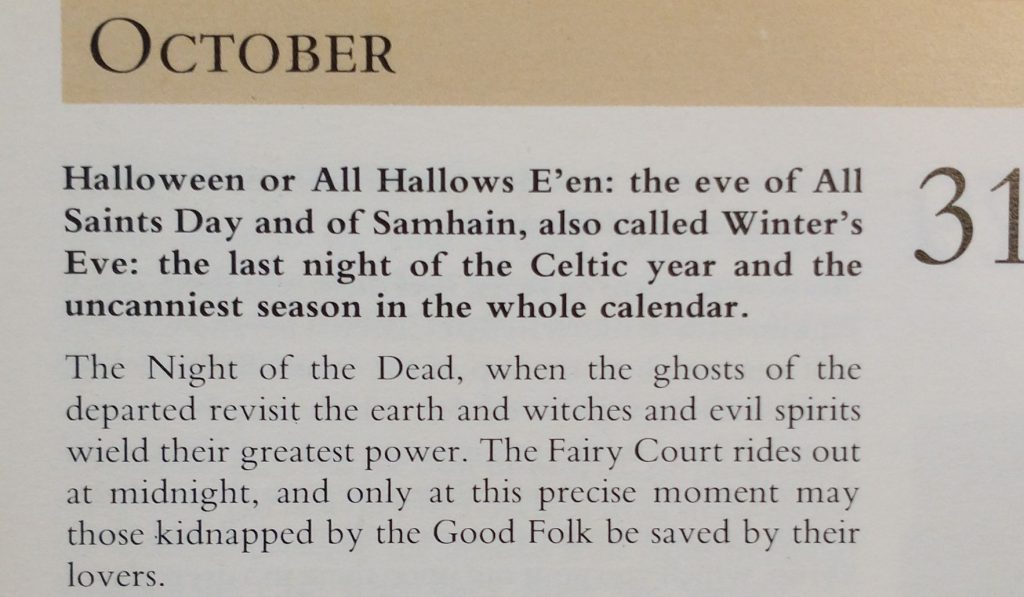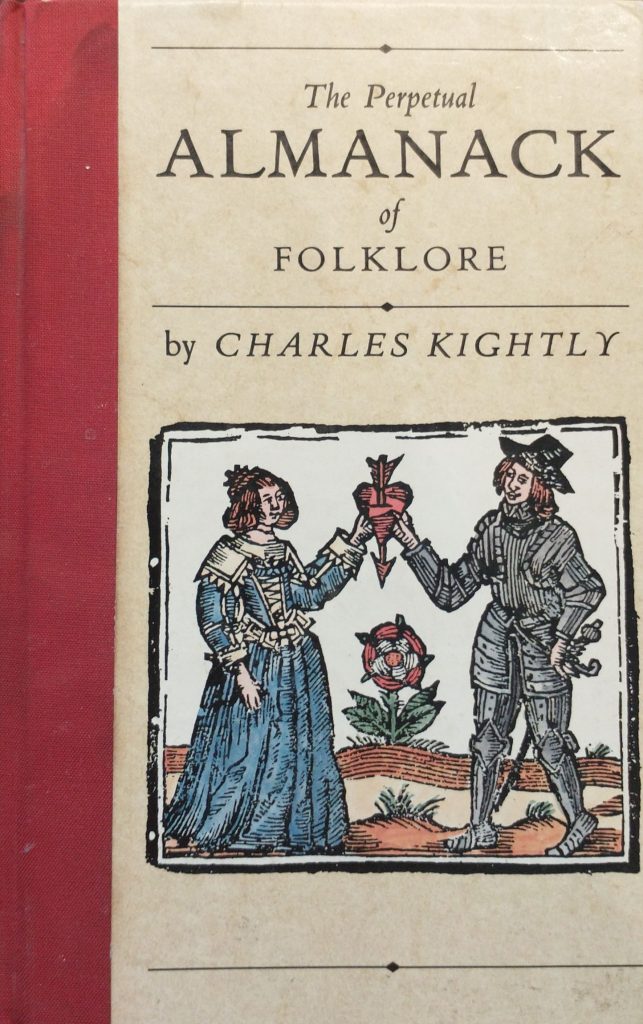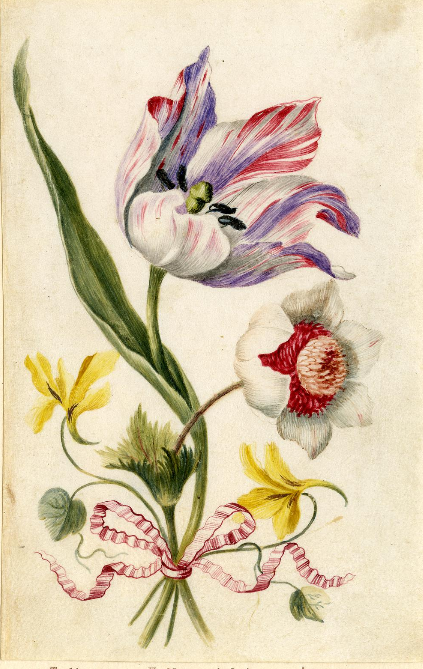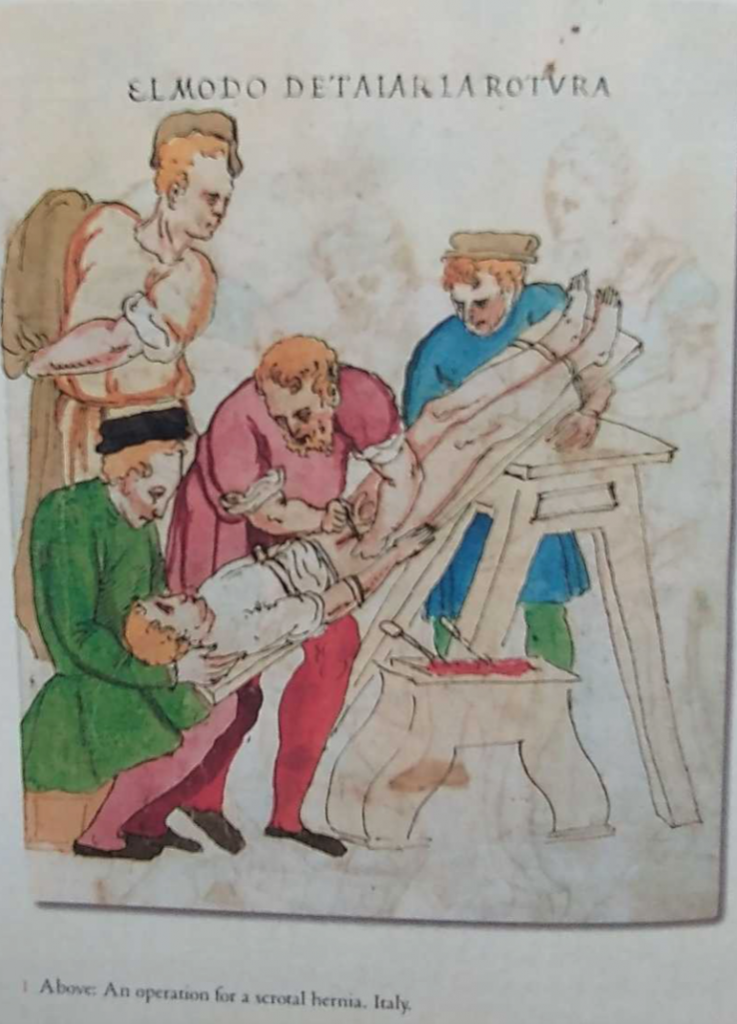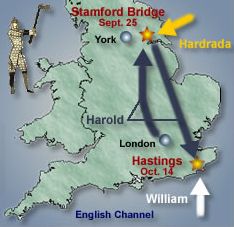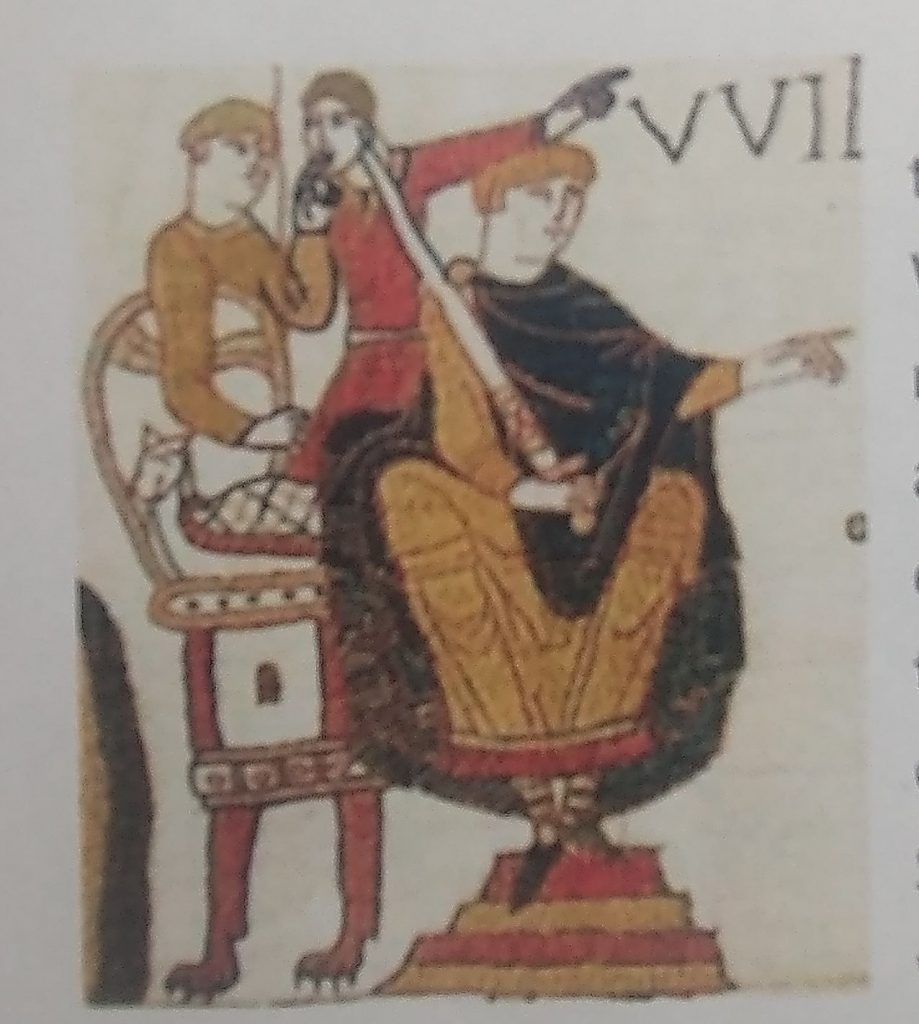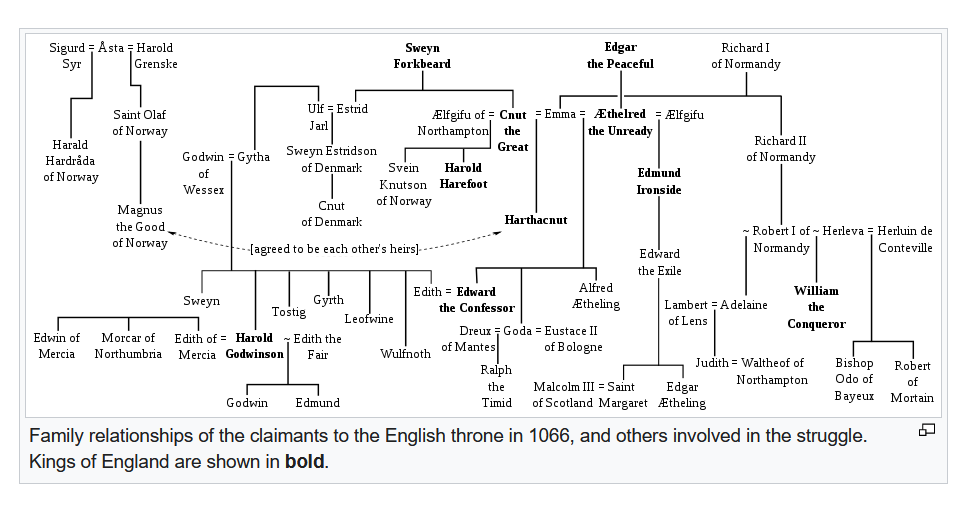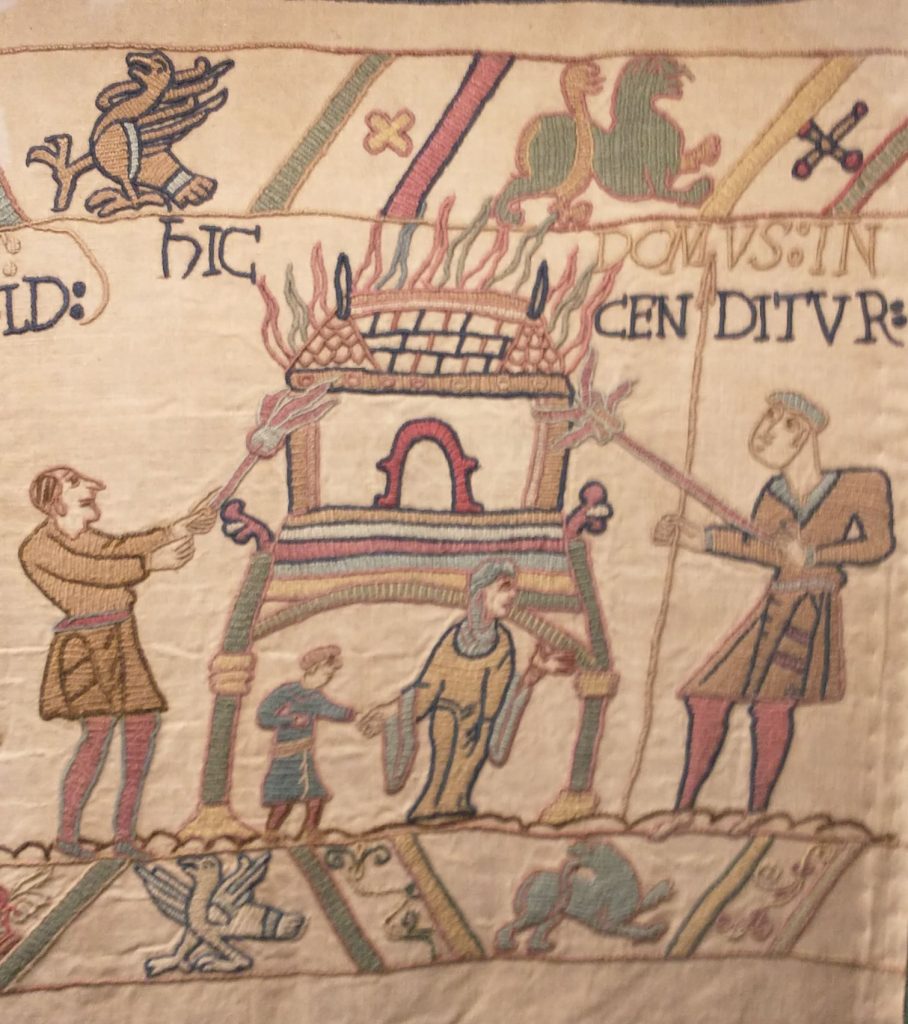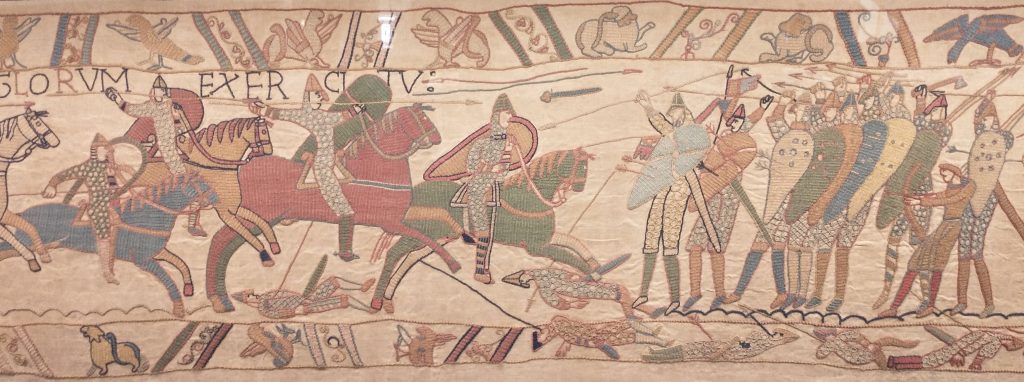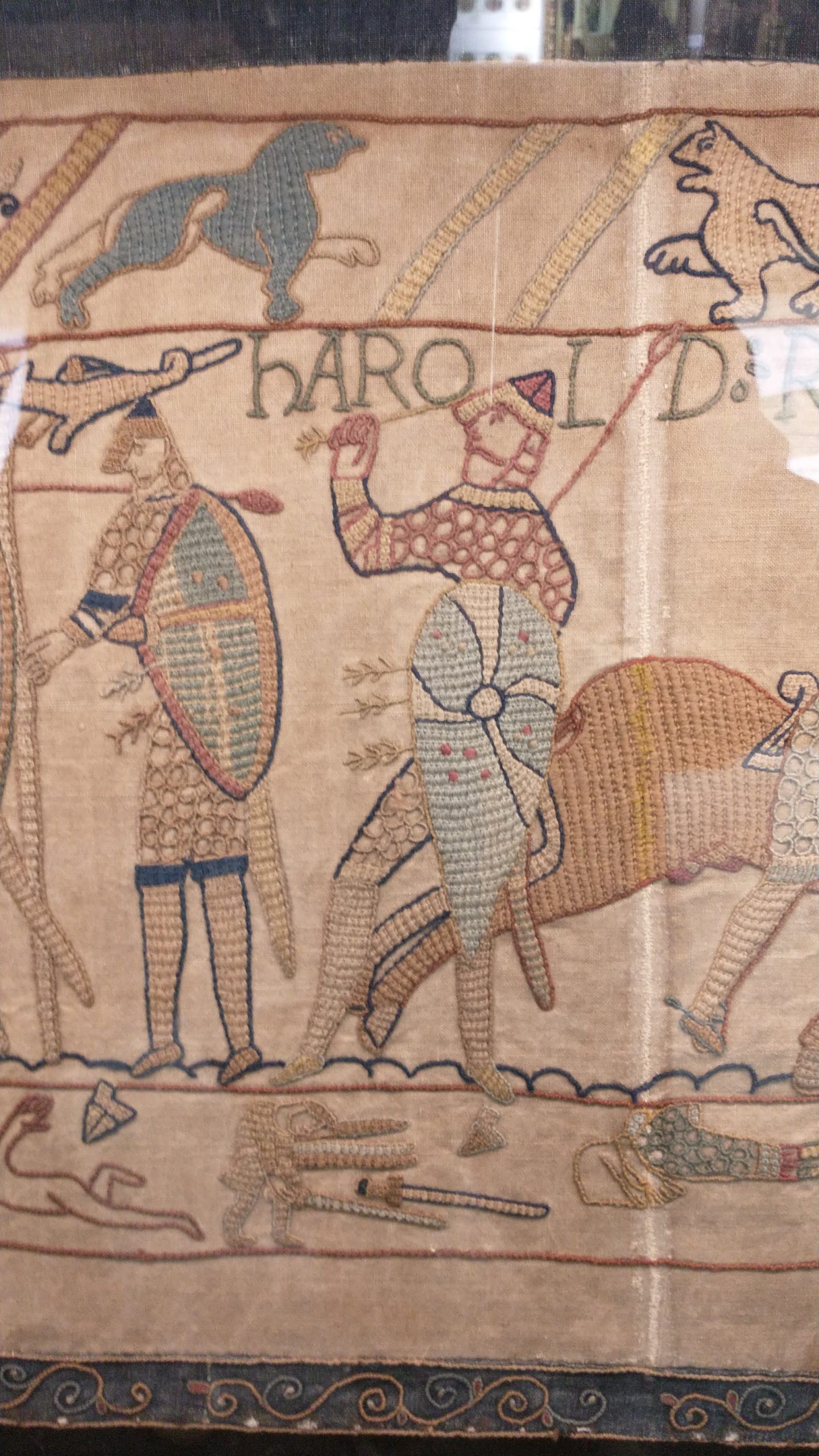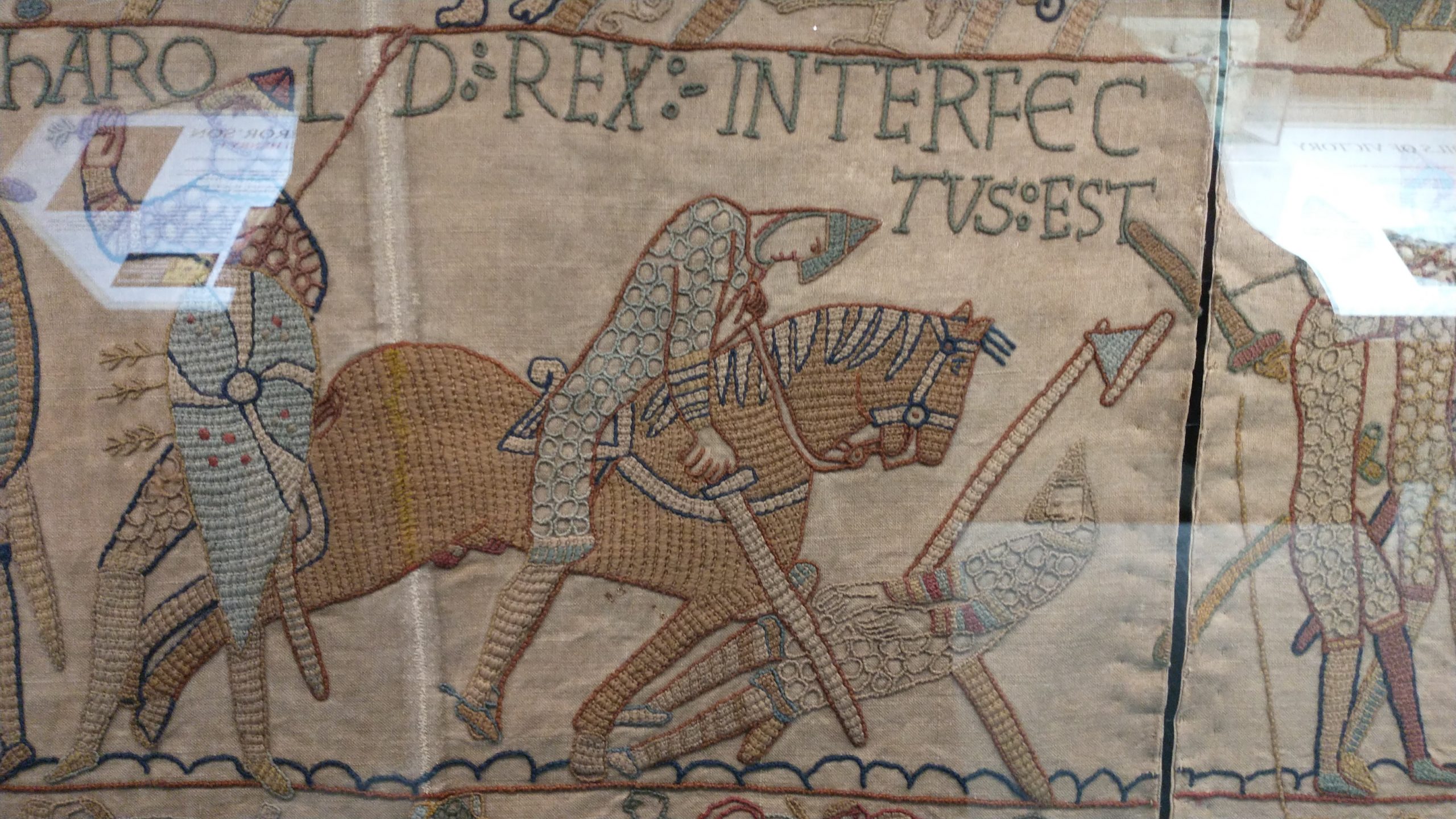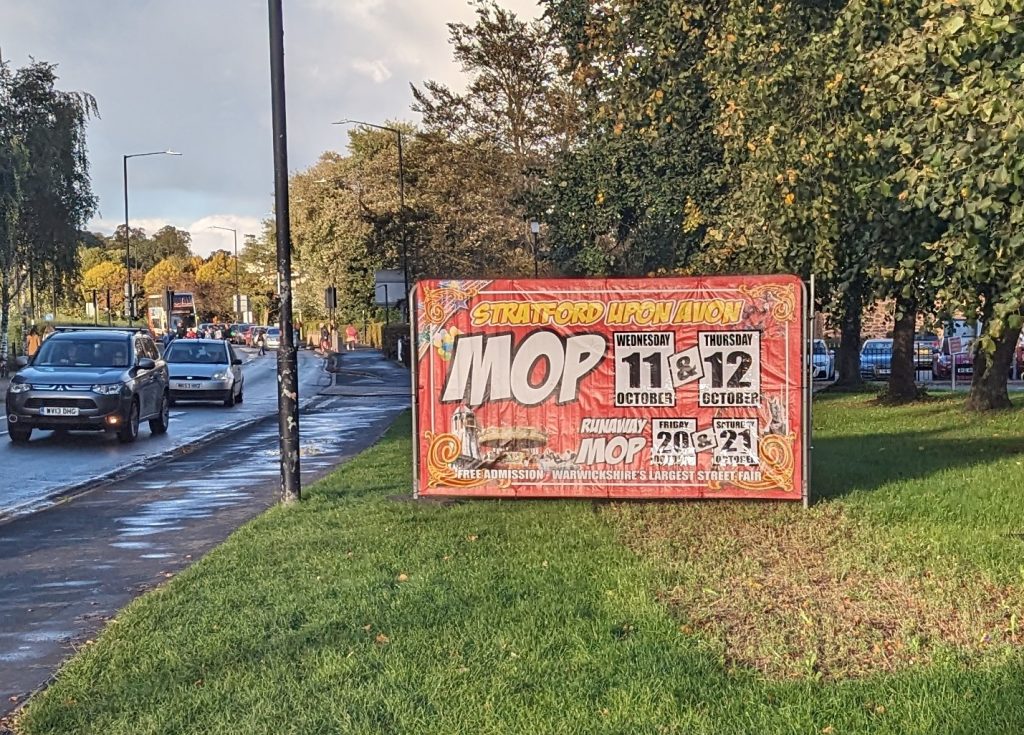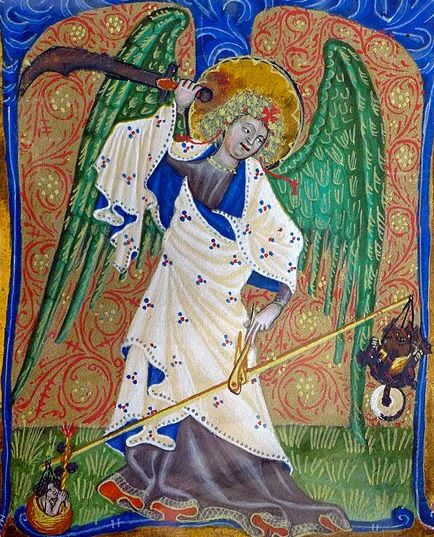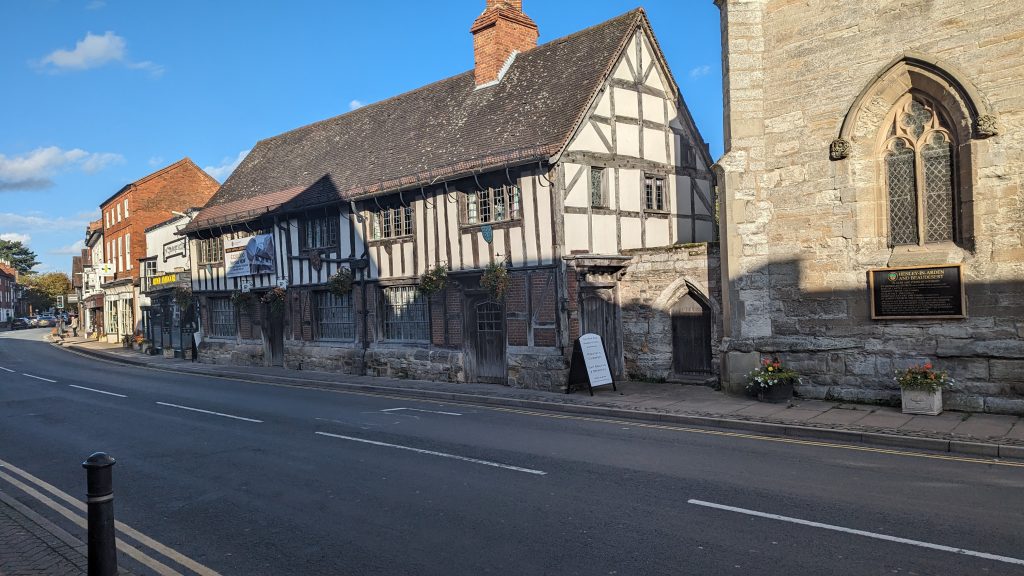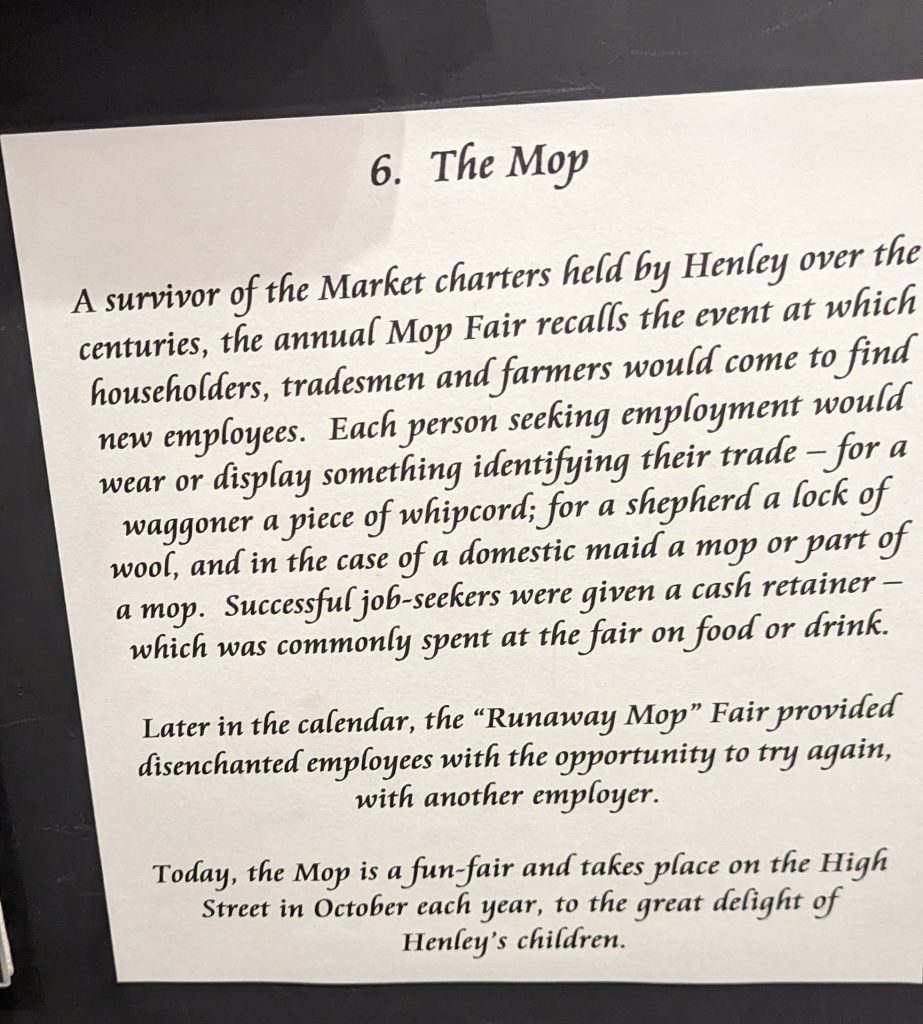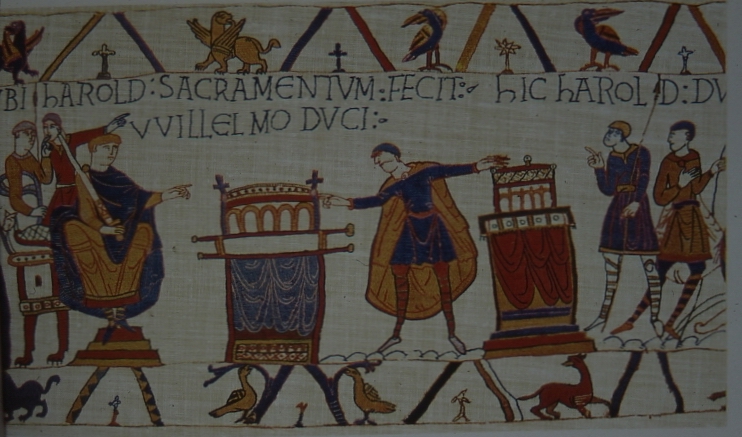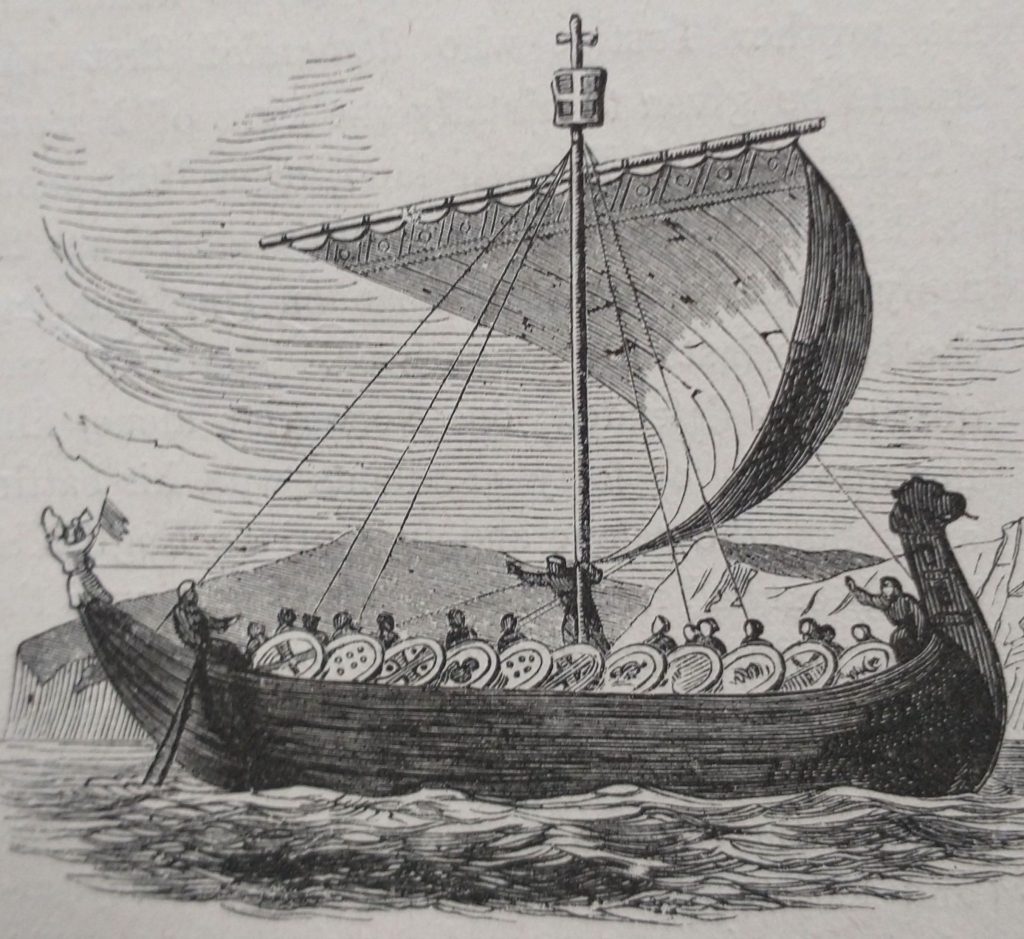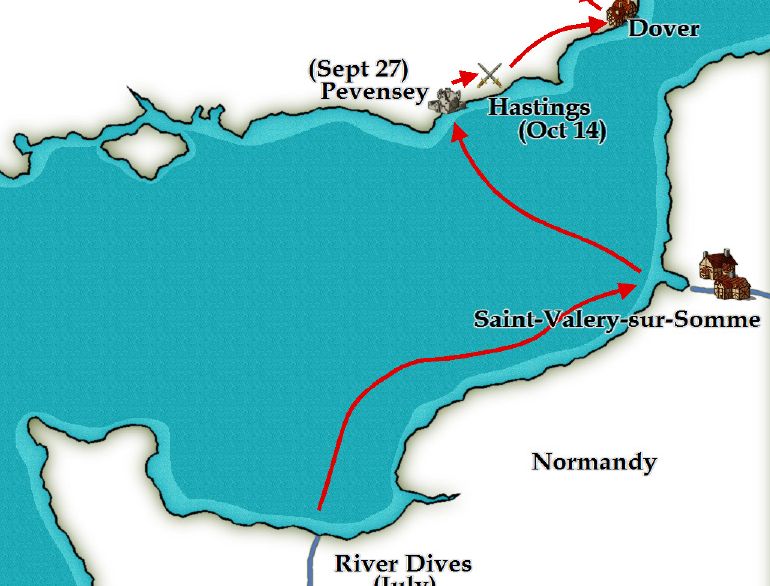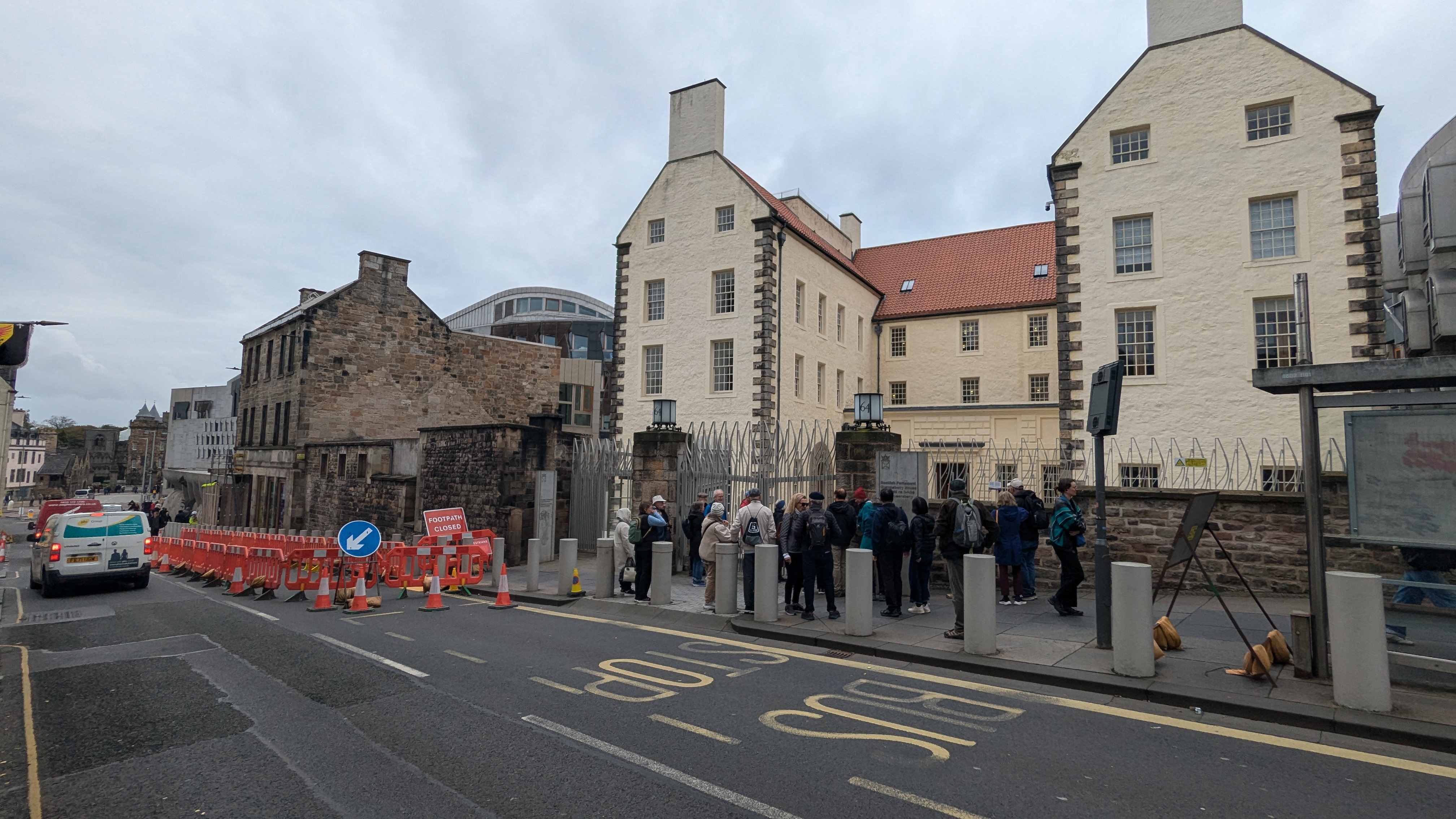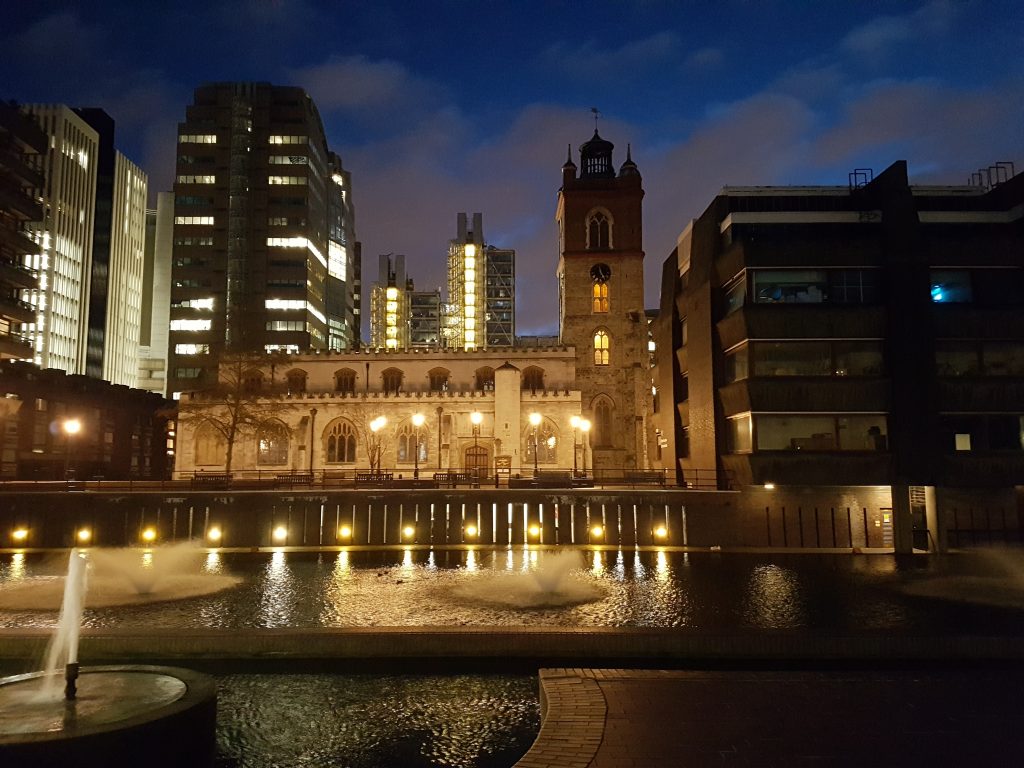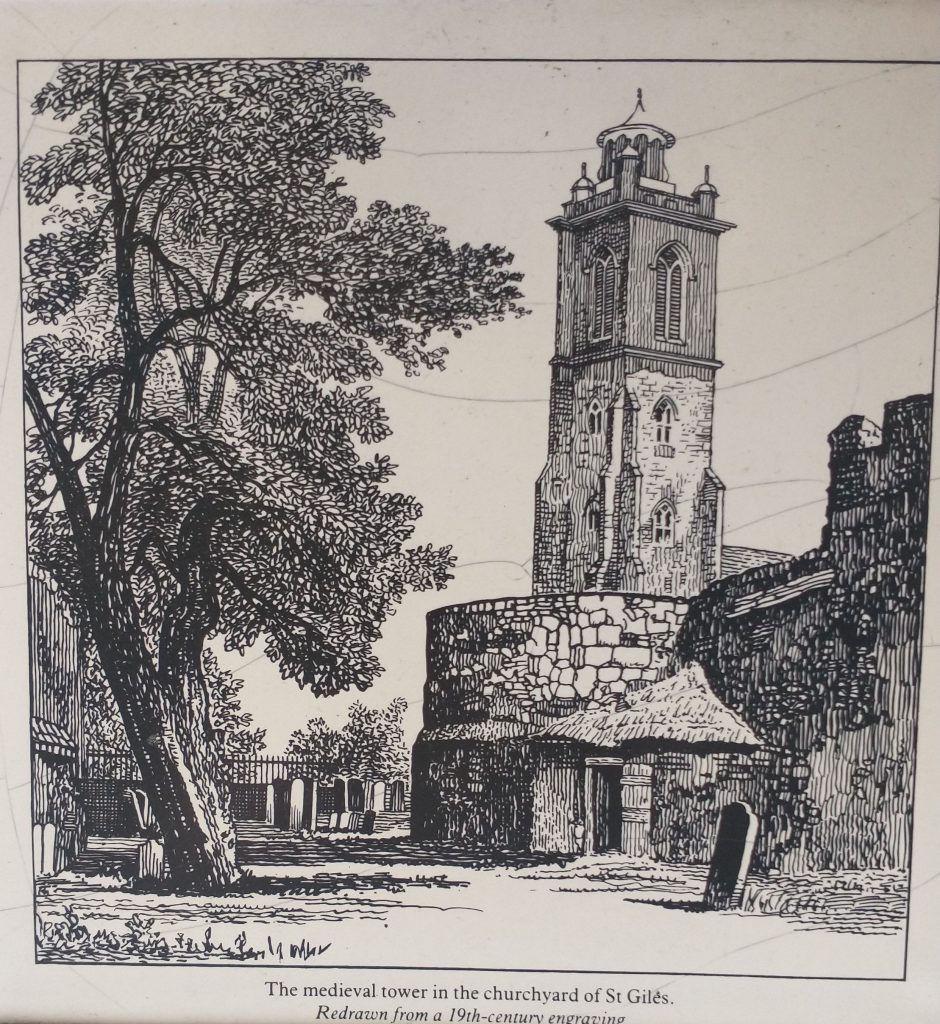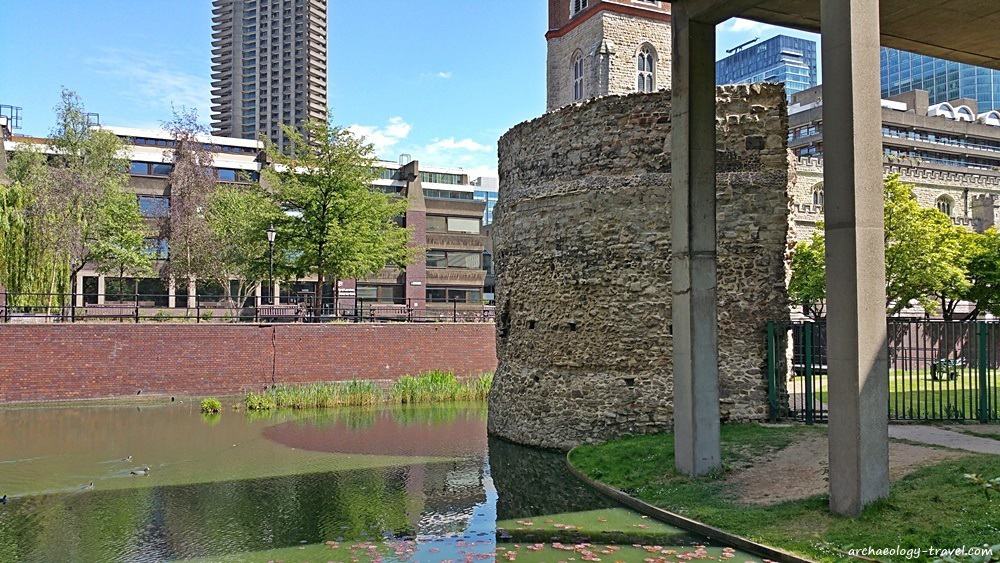
How the Celtic festival that marked the beginning of Winter became All Hallows is not clear. Some say the Church set up its own festival independent of the Northern European traditions, but it is as likely that the Church adopted existing pagan festivals, and gave them a Christian spin.
Samhain, on October 31st, was, for Celtic religions, not only the beginning of Winter but also the beginning of the Year. As I noted on my Halloween post the Festivities began on the evening before the day because Celtic and Germanic traditions began their day at Dusk. So Halloween is not, in fact, the evening before, it is the start of the day of the festival.
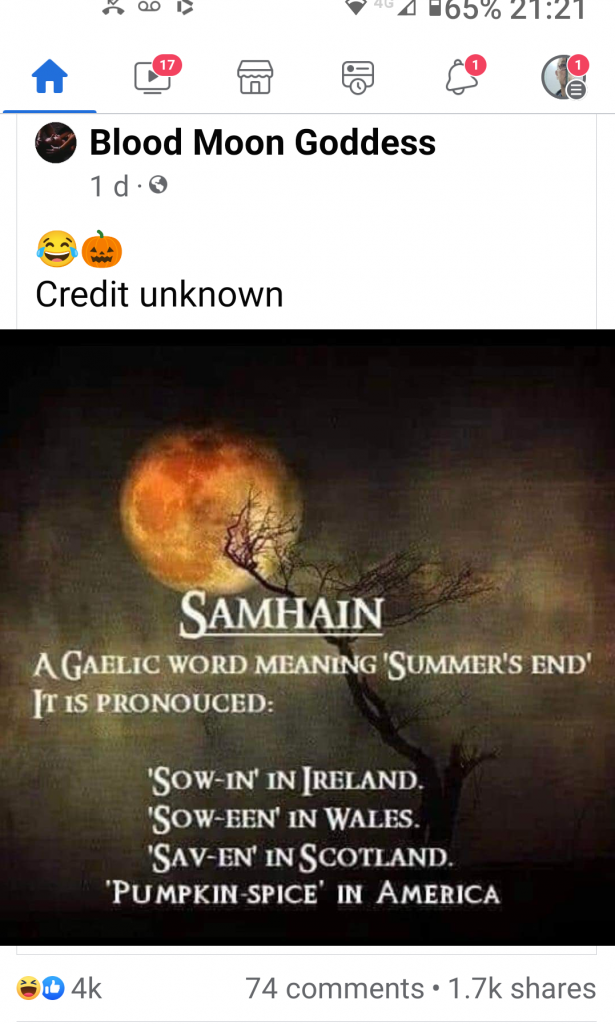
The Church adopted the Roman tradition of the day beginning not at Dusk but at Midnight. So the festival of All Hallows is on November 1st not October 31st. But the Church mimicked the old ways of doing things by celebrating the evening before as the Vigil of All Hallows’ Day which was called All Hallows Evening or Halloween.
In London there is a Church called All Hallows, which was associated with Barking Abbey which was founded in the 9th Century. It is known as All Hallows Barking or All Hallows by the Tower. It has a prominent position on Tower Hill, which would have been visible from boats coming up the Thames. It has the earliest Post Roman arch in a Church in the City of London which is made of reused Roman bricks and in the crypt were Roman tessellated floors.

The Roman floors look domestic rather than from a Roman temple or church but its position on the hill would have made it a good position for a Roman temple. In the 6th Century Pope Gregory wrote to St Augustine suggesting to him that he should adapt pagan practices into Christian ones, so a temple should not be wrecked but should be converted to a Church and a sacrifice of an ox into a feast dedicated to God. Is this what happened at All Hallows? Here is what the Pope wrote:
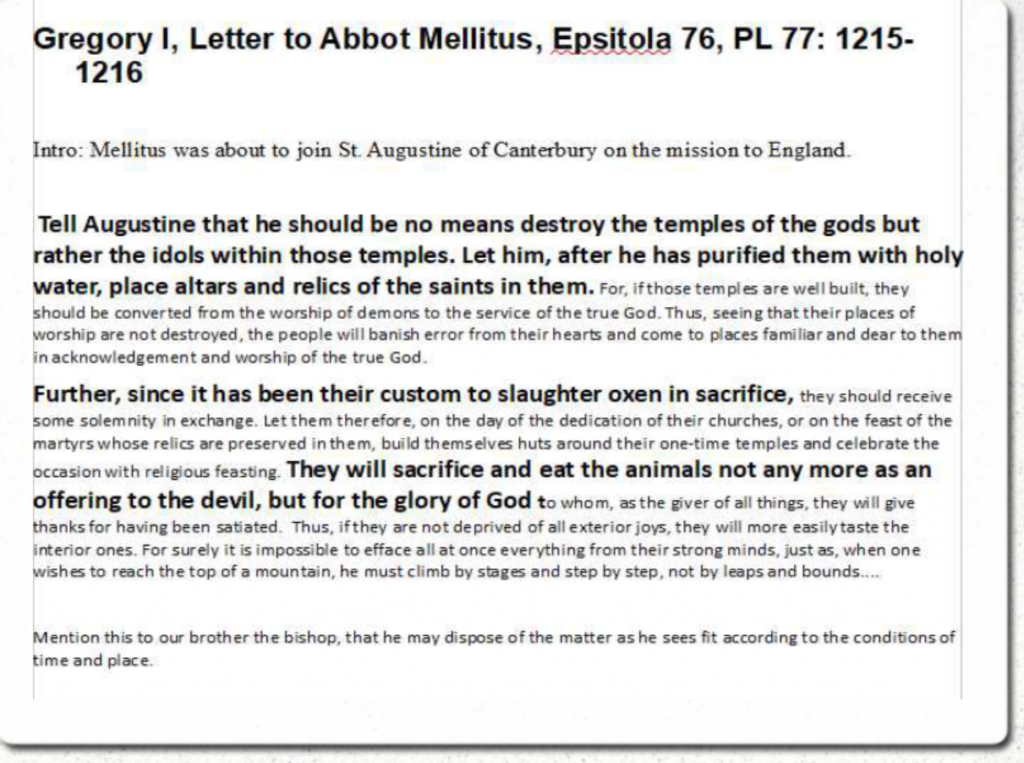
Now, I don’t want to be shot down in flames because there is no evidence that there was a Roman Temple here, nor indeed a Roman or immediately Post Roman Church. But it is one of the earliest Churches in the City of London, and there must have been Christian Churches in Roman London, and this would be on my list of candidates. It is simply that the attribution to All Hallows provides a possible link to Celtic festivals.
For the Celts Samhain was an uncanny day when all the sprites and spirits are alive and in the world. The Church took that, and span in on its heads, so it became a ‘hallowed’ holy day when all Saints are celebrated and alive to us, and celebrated on October 31st and November 1st.
A celebration of All Saints was originally in May in the Church but was changed to the 1st November in the 7th Century by Pope Boniface, later swapped back to May, and in the 9th Century fixed on the 1st November. It is followed on the 2nd by All Souls’ Day.
So on the 1st November, those celebrating the pagan festival would be in full swing after a hard night of celebration. The embers of the Fire would be still burning, stones left around the fire would be inspected for the prophecy they told of the future. Each person had a stone, and if it was still intact it was good luck, if it had disappeared the future was not good.
In France, All Hallows or All Saints is called La Toussaint, and flowers such as Chrysanthemums, which blossom in late October, were put on the graves.
In Spain, it is Dia de Todo Los Santos and is a national holiday upon which people put flowers on the graves of the dead.
In Mexico, Dia de los Muertos celebrates Holy Innocents on the 1st – Dia de los Inocentes. People create altars to the lost ones, with their favourite flowers, toys, food stuffs,, photographs. People argue about the pre-colombian aspects of the festival as there are similarities to European All Saints Days celebrations but Quecholli, was a celebration of the dead that honoured Mixcóatl – the god of war. It was celebrated between October 20th and November 8th.
My correspondent in Mexico has sent back these pictures of the festivities in Mexico.



The female figure to the left is La Catrina. This image was popularised by an early 20th Century design by José Guadalupe Posada and developed in a mural by Diego Rivera. For more details click here.
A Day Off for the English
In the the Laws of King Alfred the Great, this day was a day off for freemen. I will be writing about Days off in the Anglo Saxon Calender on august 15th.
First published in 2022, revised in 2023 and 2024.

